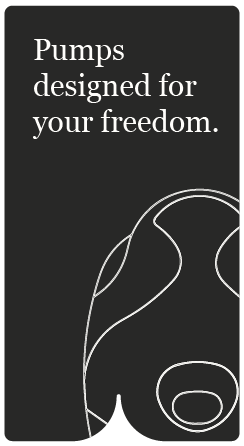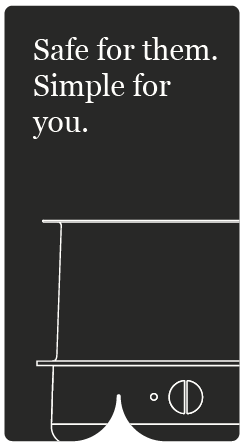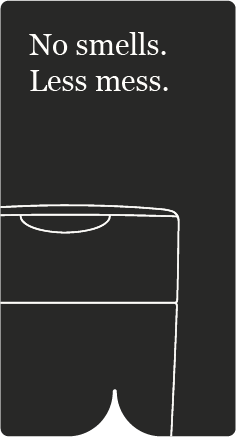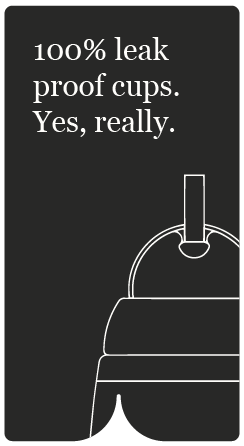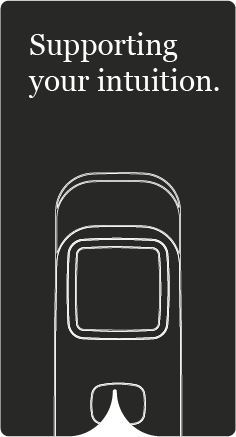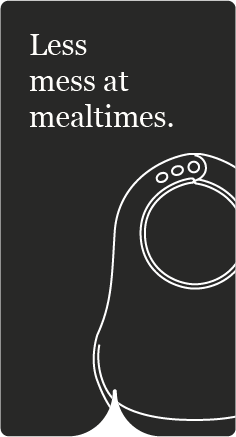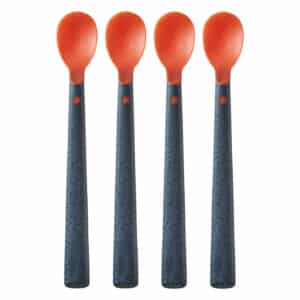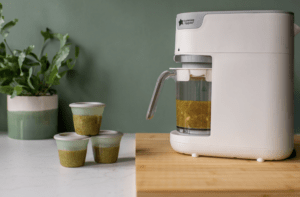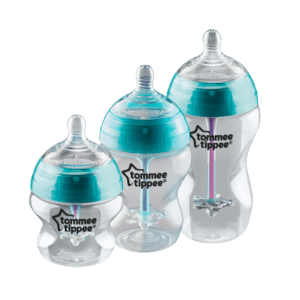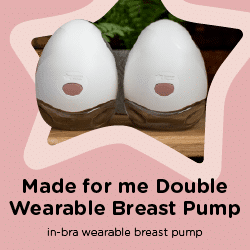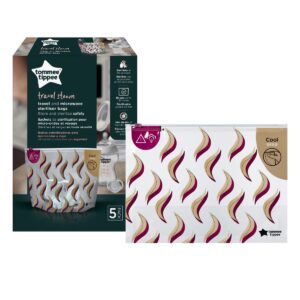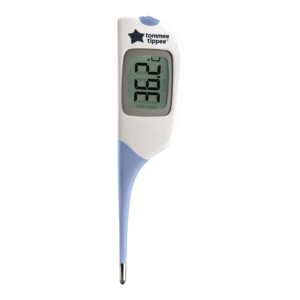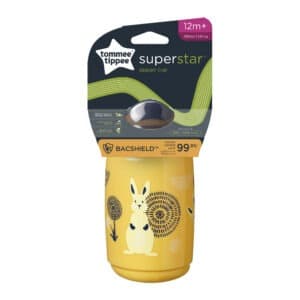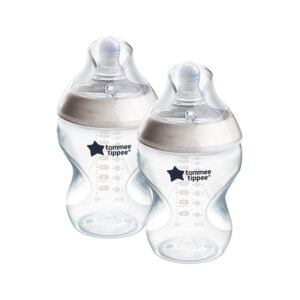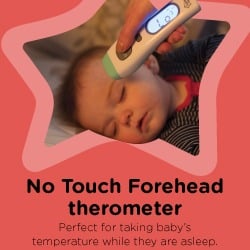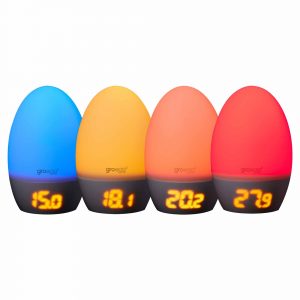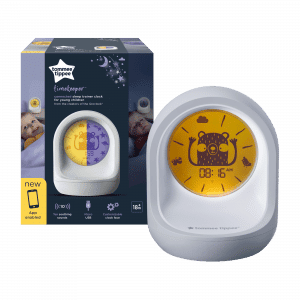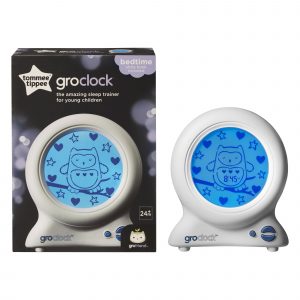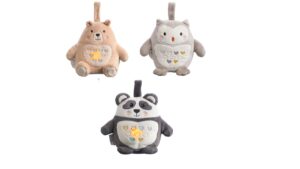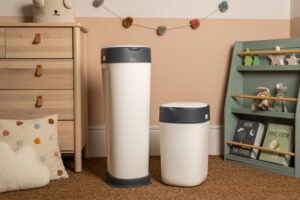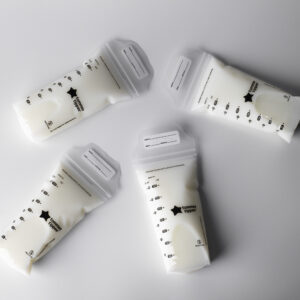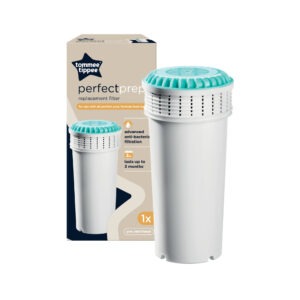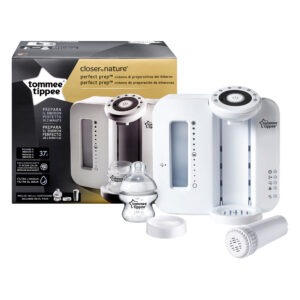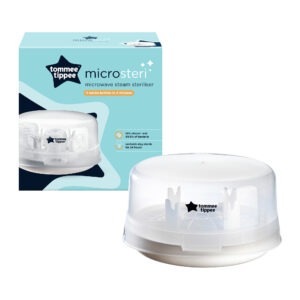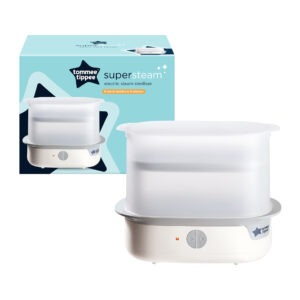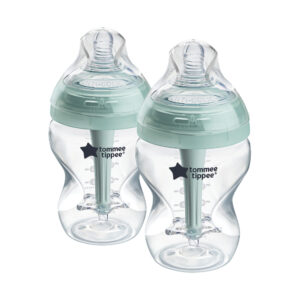Newborn & Baby
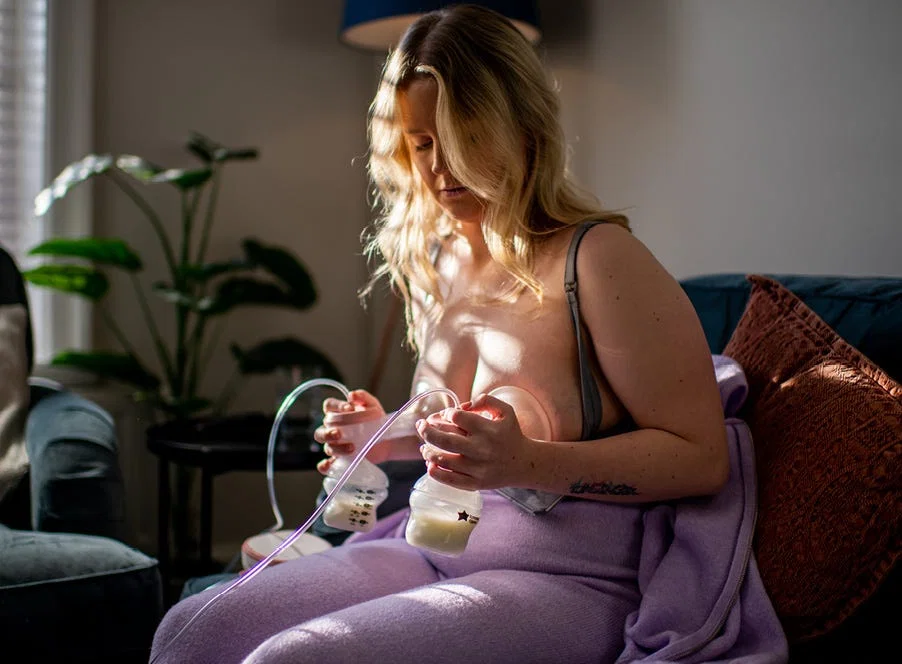
Guide to choosing a breast pump
Guide to choosing a breast pump

- Breast pumps are helpful for a variety of reasons, including managing engorgement, boosting milk supply, supporting feeding for premature babies, or expressing milk when returning to work or school.
- The best breast pump depends on your routine, time, and budget. Consider how often and where you plan to express milk.
- Manual breast pumps are best for occasional expressing, first-time pumping, and quick relief from discomfort. They are often cheaper, quieter, and offer complete control over the pumping pace.
- Electric breast pumps are more efficient and are recommended for frequent expressing or building a milk store. They save time and hand fatigue.
- Wearable/In-bra electric pumps offer discreet, hands-free convenience for multitasking on the go.
- It is possible to use both electric and manual pumps to suit different situations, such as one for home and one for travel.
- Closed system pumps are more hygienic as they prevent breast milk from touching the pump mechanism or air tube, ensuring milk only goes into the bottle. Open system pumps allow milk to touch internal components.
Thinking about expressing as part of your feeding routine? We’re here to help find a convenient breast pump that’s perfect for you, and your routine.
Many parents choose to express breast milk for their baby, and using a breast pump can be particularly helpful if…
- your baby is premature or experiences problems after birth
- your baby can’t get a good breastfeeding latch
- your breasts feel uncomfortable because they’re too full or engorged
- you’re going back to work or starting to study again
- you’d like to increase your breast milk supply
- you want to include some breast milk in your baby’s diet when you start weaning and introducing them to solid foods
- you’re going to be away from your baby for a few days and want to store your breast milk for them to have in a bottle
How to know what breast pump to get
Think about how much time you have
Some breast pumps make expressing breast milk easier and quicker. Before you purchase yours, it’s a good idea to check the reviews from other parents to see how easy the pump is to use.
If you just want to pump occasionally, a hand-powered manual breast pump might suit you. But if you’d like to pump at work or you don’t have a lot of time to pump, you may want to consider an electric breast pump.
In-bra wearable pumps are another option that work well for parents who want to express breast milk discreetly and hands-free.
Consider how much you want to spend
When planning which kind of pump you’d like to use, it can help to consider your budget, as well as how often you’ll be using your pump.
If you’re mainly breastfeeding and only pumping occasionally, you may not need to spend as much on a pump as you will if you’re going to be using it a lot.
Breast pump comparison
Which is better – an electric or manual breast pump?
Which breast pump is best, and the pump you choose, is entirely personal!
There are only two types – manual and electric – but there’re lots of different brands and options available, from single or double, to wearable, so it’s all about finding one that you’re comfortable using, and making sure it fits your routine.
Choosing an electric breast pump
If you think you’ll be using your breast pump a lot, then choosing an electric one is probably your best bet. They work fast and do all the work for you, so save your wrists and hands from aches and pains that can be caused by prolonged manual pumping.
Electric breast pumps can be hand-held or wearable. In-bra, wearable styles are all-in-one, with no cords or tubes, and that means you can express breast milk while getting on with your day.
If your baby is in a special care baby unit (SCBU) or neonatal intensive care unit (NICU) and you are exclusively expressing, it’s best to spend a little more on a hospital-grade electric breast pump. This will help to maintain your breast milk supply.
Choosing a manual breast pump
Manual breast pumps are often cheaper than electric ones. So, if you’re only going to be expressing occasionally, then a manual, hand-held pump may be the best choice for you.
They can also be quieter, easier to use on the go, and mean that you’re totally in control of the pace at which you pump. This can be appealing to some parents who may find electric pumps a little daunting when they’re just getting started.
Yes, you may choose to buy both types of pump and use one at home and one when you’re out and about.
When it comes to choosing between electric and manual breast pumps, it really comes down to what suits your lifestyle and needs best.
Electric pumps offer convenience and efficiency, making them ideal for regular use or when you need to pump quickly. They can handle consistent pumping sessions effectively.
Manual pumps give you more control over the pace and tend to be quieter, which can be beneficial in certain situations.
It all depends on how often you plan to express milk, your personal preferences, and your baby’s feeding routine.
When you’re shopping for your perfect breast pump, you might hear about open and closed systems, but what does this mean?
- A pump with a closed system means that none of your breast milk touches the breast pump or air while you’re pumping. All Tommee Tippee pumps have a hygienic closed system that makes sure breast milk only goes into the bottle, not into the air tube or pump.
- With an open system pump, the breast milk can touch the tubes and the air inside of the breast pump. For this reason, open-system pumps can’t be used safely by another person.
Whichever type of pump you choose, all parts that touch your breast or breast milk need to be cleaned and sterilised after each use.

